From Alliance Defense Fund:
Law Review: The Fairness Doctrine, the First Amendment, and the Internet Age
More Folly Than Fairness: The Fairness Doctrine, the First Amendment, and the Internet Age
Dominic E. Markwordt, 22 Regent U. L. Rev. 405 (2010)
(An excerpt is below. To view the full text, please use Westlaw, Lexis, a law library or alternative source.)
Drawing on scholarship from the Fairness Doctrine’s inception to its repeal over twenty years ago, this Article critically examines the rationales for the Fairness Doctrine’s reinstatement in light of the massive technological changes that have taken place over the past generation. This Article begins in Part I by discussing the history of the Fairness Doctrine, focusing specifically on the seminal litigation in Red Lion Broadcasting Co. v. FCC. Part II discusses the Fairness Doctrine’s chilling effects on broadcasters’ speech from its inception in 1949 to its repeal in 1987. After a brief discussion in Part III of the Doctrine’s abolition in 1987, Part IV examines the persuasiveness of the spectrum and numerical scarcity rationales used to justify lesser First Amendment protections for broadcast radio and television. Part V surveys the post-repeal media landscape and explains how the diversity of voices available today undermines the rationale for the Fairness Doctrine’s reinstatement. Instead of reinstating the Fairness Doctrine, Congress should pass legislation to protect the First Amendment rights of broadcasters. This Article ultimately concludes in Part VI that, given the exponential growth in media sources and viewpoints available to the average American, ‘[t]ruth and fairness have a too uncertain quality to permit the government to define them.’
Subscribe to:
Post Comments (Atom)
.gif)



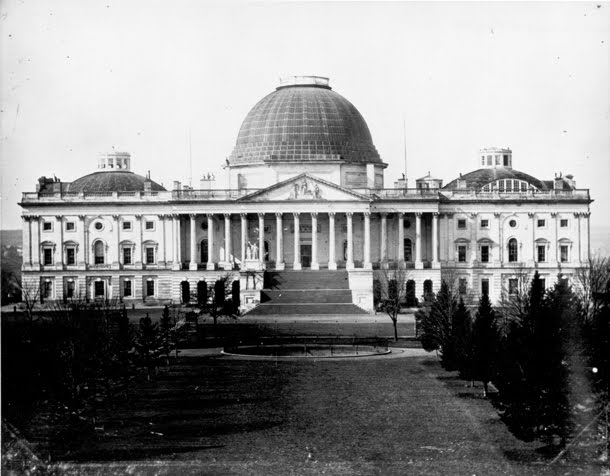










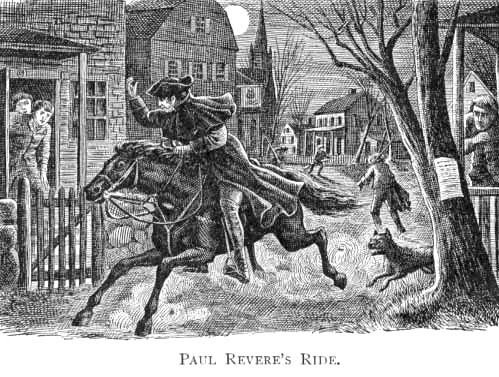


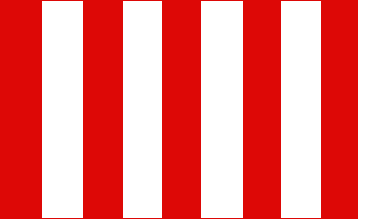
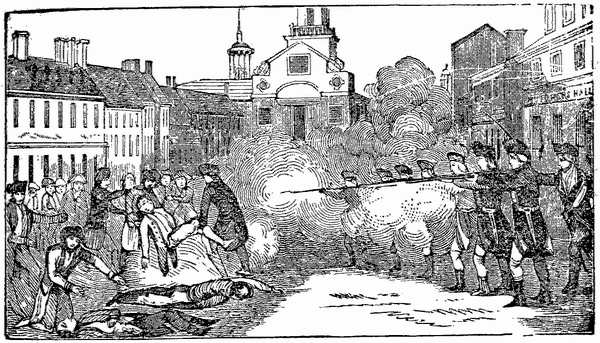
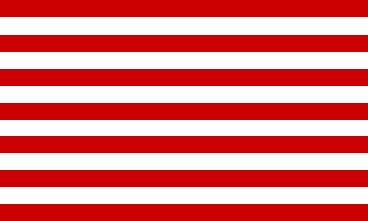











No comments:
Post a Comment